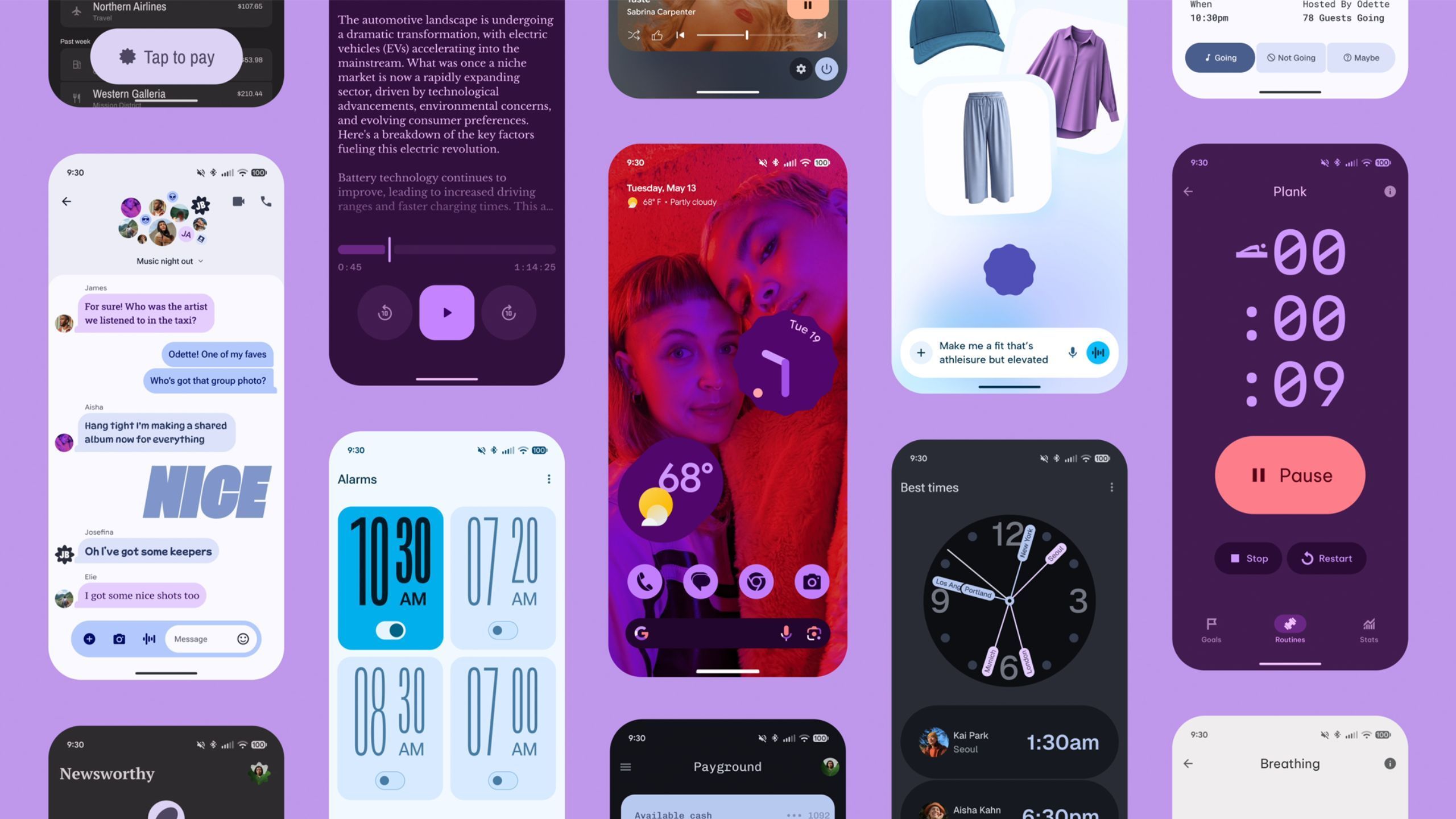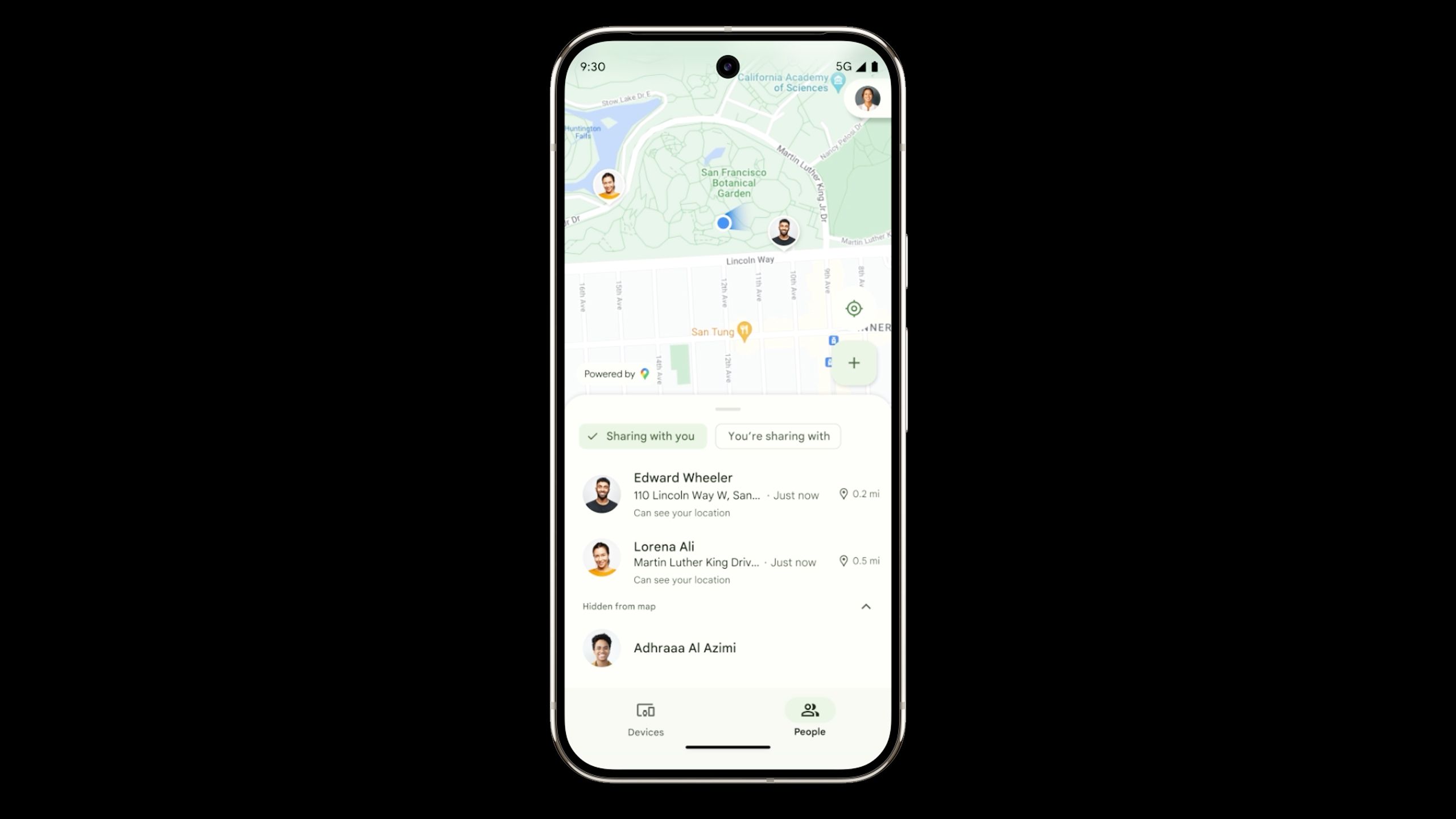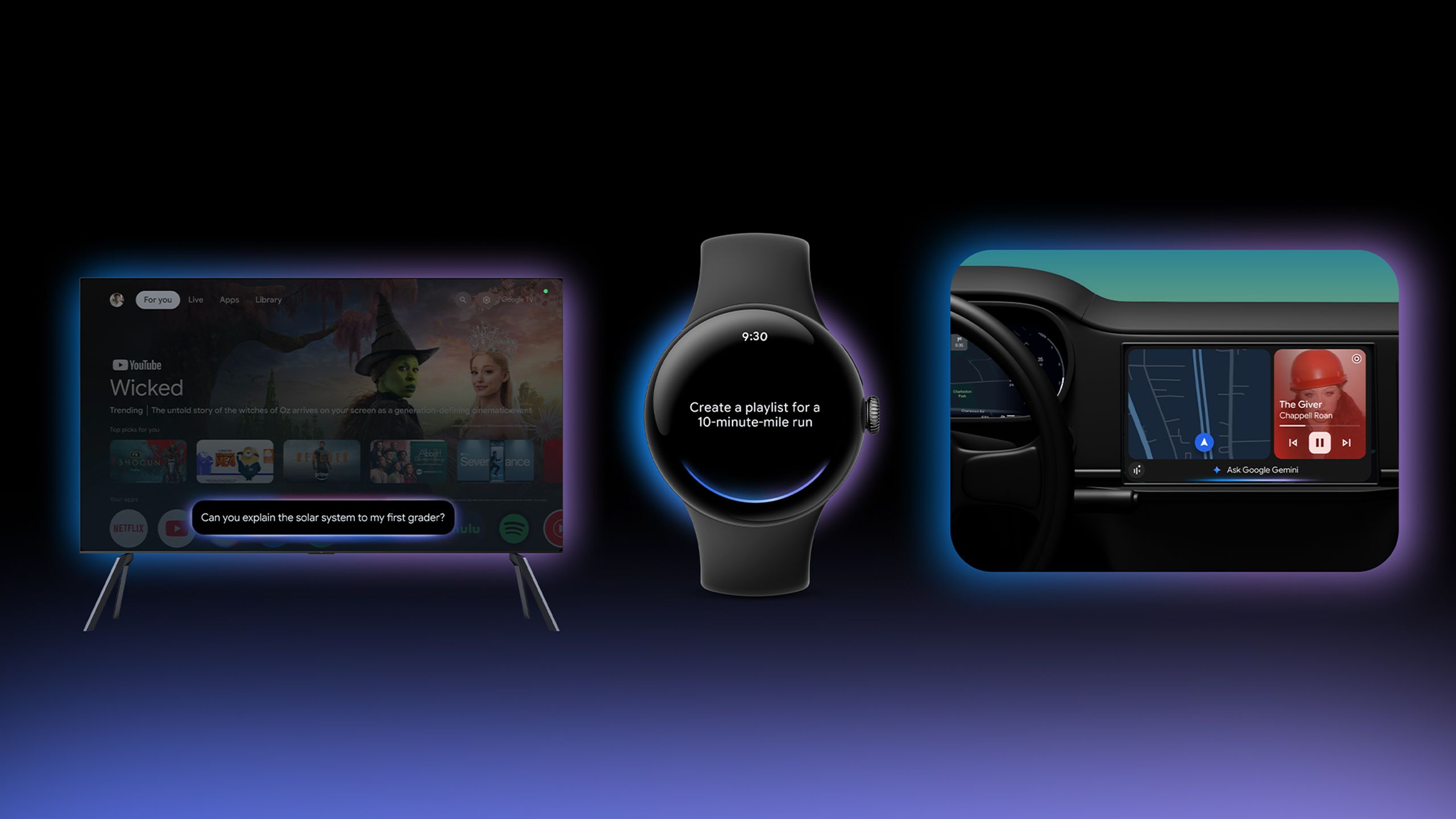Abstract
- Android 16 is a welcome improve, however a few of its modifications do not actually matter as a lot as Google would possibly need you to consider.
- Materials 3 Expressive is extra daring, however only a new coat of paint with out the OS’s accompanying interface enhancements.
- The Discover Hub’s location sharing might not be as precious as you’d suppose, and Gemini’s usefulness on watches, TVs, and AR headsets stays to be seen in follow.
Upfront, I will admit that I am on file as preferring iPhones lately. My every day driver is an
iPhone 16 Pro
. However I’ve owned a number of Android telephones through the years, and I nonetheless respect the platform to today. There are issues that it does higher than iOS — comparable to voice instructions — and I like the truth that it is open-source, even when {hardware} makers haven’t got a lot selection however to license Google companies. It would be unusual to purchase an Android cellphone with out Gmail able to go, in any case.
I am wanting ahead to attempting gadgets with
Android 16
pre-loaded. Nonetheless, the interface impresses me as a lot as
iOS 18
did — which is to say, not very a lot. Enhancements are at all times welcome, but primarily based on what Google’s proven up to now, its newest OS nonetheless seems like a minor evolution. Let’s speak about a couple of examples of what I imply.
Associated
5 products that lock you into Apple and Google’s ecosystems
Think twice earlier than you sink cash into these gadgets.
1
Materials 3 Expressive
A brand new coat of (physics-based) paint
Hyperlink Picture
Android 16 actually appears good. There are up to date dynamic coloration themes, new font types, and much more interface animations, together with bounces and ripples for actions like swiping away your notifications. New aesthetics are literally one among my favourite issues about updating any OS, since I take pleasure in personalizing my cellphone as a lot as potential — with out severe modding work, anyway.
For all of the hype round Materials 3 Expressive, it is not a radical leap past what you see in Android 15.
My criticism is simply that, for all of the hype round Materials 3 Expressive, it is not a radical leap past what you see in Android 15. If something, what issues extra are Google’s sensible interface modifications, comparable to the power to each resize and reorder Fast Settings icons (a la iOS 18’s Management Middle), or observe deliveries and rideshares by way of Dwell Updates (one other factor borrowed from Apple). A 12 months from now, persons are going to care way more about checking how quickly their
Uber
goes to reach than what widget colours they’ve accessible.
I may very well be stood corrected down the road. Generally, at the very least, these kinds of interface modifications have a cumulative impact that may’t be conveyed by movies or screenshots. If Android 16 feels genuinely higher to make use of day-to-day on account of its visible tweaks, that may depend for one thing.
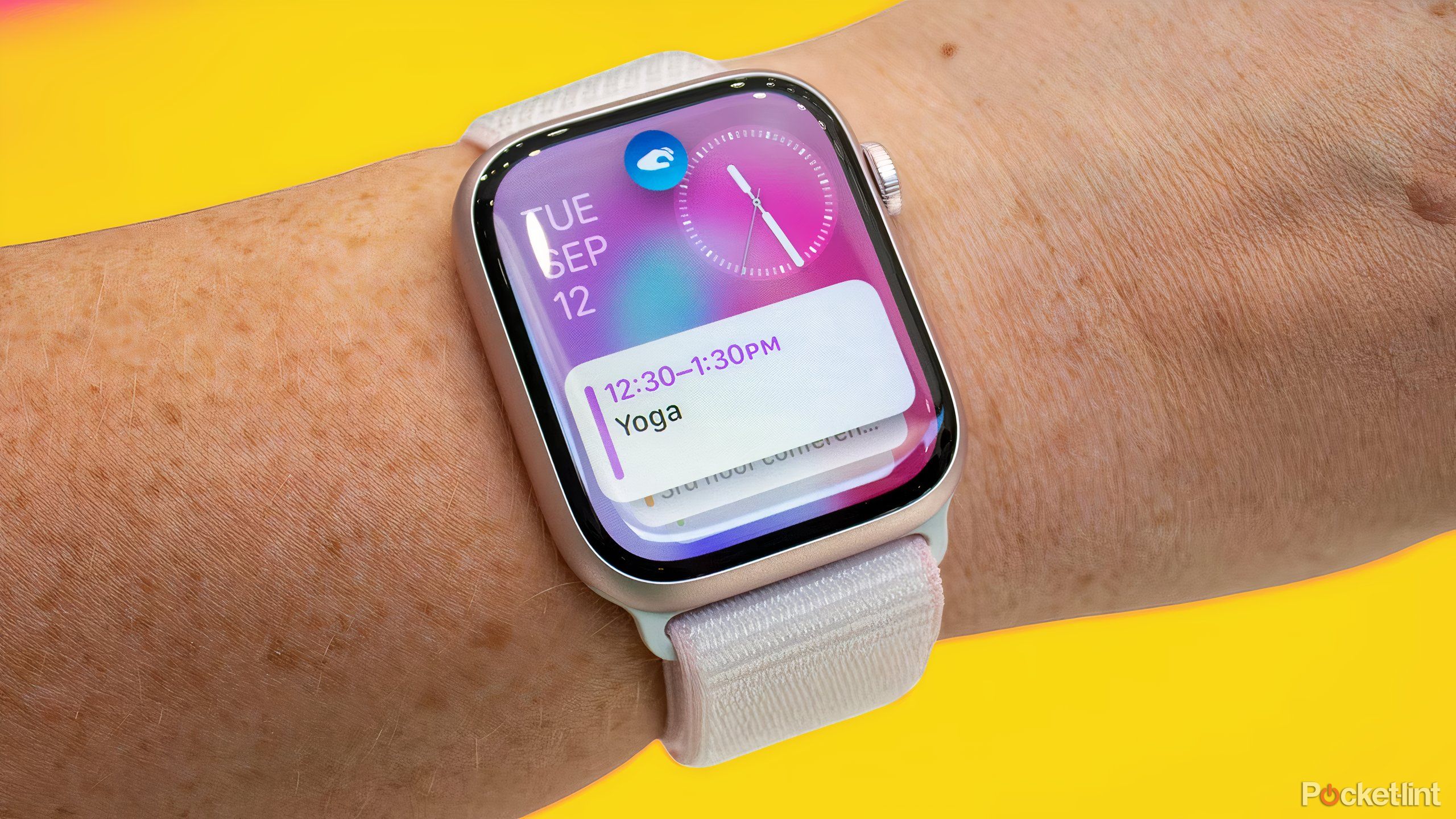
Associated
How to toggle Live Activities in watchOS 11
You possibly can cease actions from hijacking your Apple Watch’s show.
2
Discover Hub private location sharing
Helpful in idea, however how about in follow?
As a complete, I approve of the Discover Hub, a rebrand/redesign of Android’s Discover My Units app. Considered one of its signature options is healthier sharing of your real-time location with different folks, in idea, serving to family and friends reunite after they get misplaced, or examine in on one another’s security — say if somebody’s doing a sundown jog or coming again late from a street journey. Sharers can select to time-limit this monitoring or depart it on indefinitely.
Mockingly, I believe Discover Hub’s expanded merchandise monitoring is an even bigger deal.
I am certain some folks will profit enormously, however that is one other characteristic copied from Apple, particularly the Discover My app. And let me say — on my iPhone, my spouse and I virtually by no means use Discover My for following one another, although I am out on the health club three nights every week, and our travels generally take us to the other facet of North America. A cellphone name or textual content message is often a pleasant approach of updating somebody on what you are doing, and a few persons are inherently uncomfortable with sharing their exact location over the web, regardless of any Google assurances about encryption. To actually benefit from Discover Hub, you will additionally want the folks you are sharing with to have it, too.
Mockingly, I believe Discover Hub’s expanded merchandise monitoring is an even bigger deal. Help for UWB (ultra-wideband) will make some gadgets and tag equipment easier to search out, and Google is increasing its companion listing, for example, including the power to share Bluetooth tag information with choose airways, beginning in 2026. That is one other transfer copied from Apple.
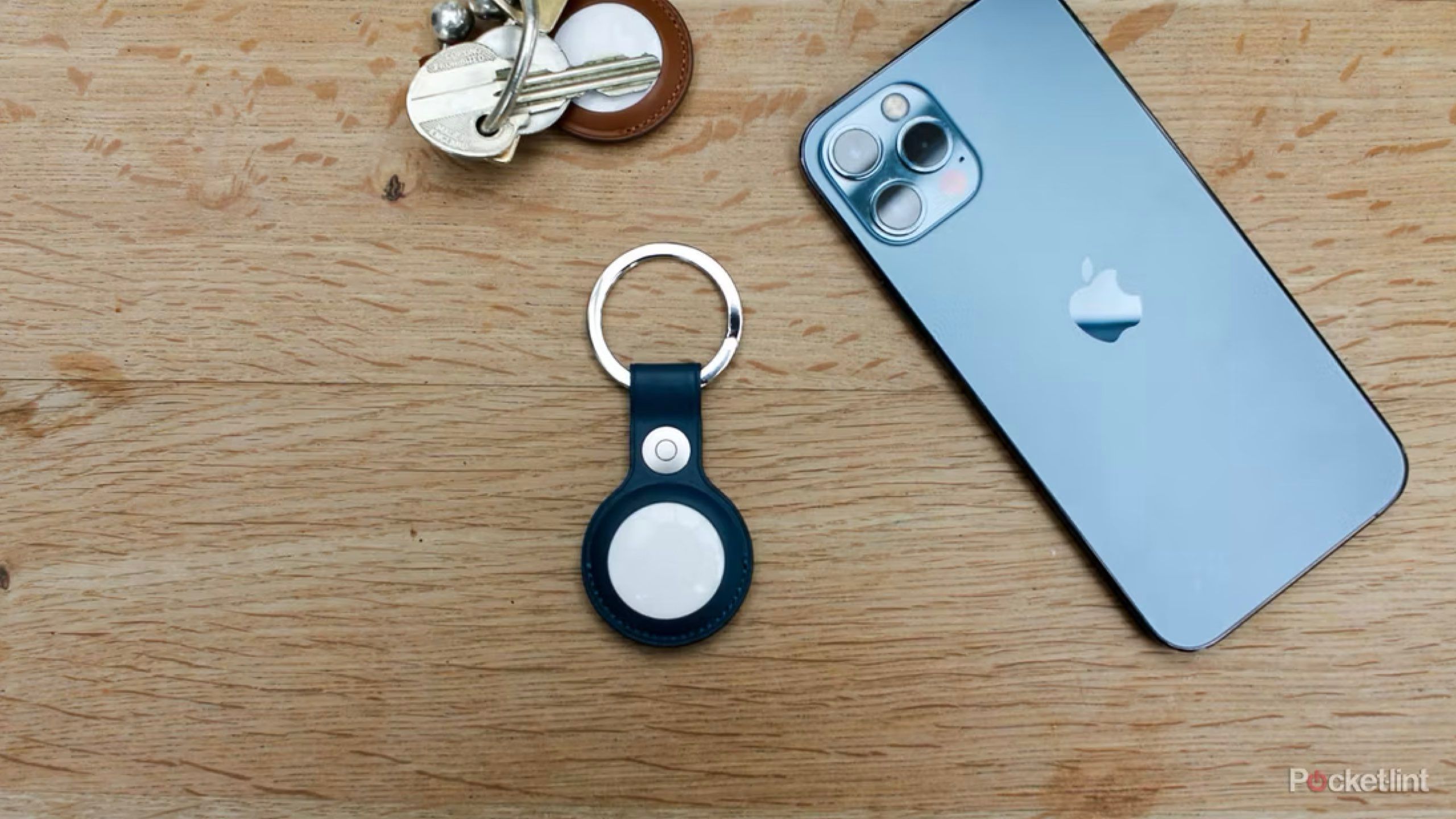
Associated
What’s the difference between Bluetooth tracking and ultra-wideband?
They’re actually companions in the identical job.
3
Gemini coming to extra gadgets
The place’s my Google Nest assist?
Gemini does belong in additional locations, notably automobiles. Generally it is troublesome sufficient to decide on music or a preset vacation spot whereas driving, by no means thoughts the belongings you’d usually do in your cellphone. With Gemini,
Android Auto
(and the confusingly-named
Android Automotive
) will allow you to use your voice for duties like unearthing an handle buried in Gmail, or finding an EV charging station that additionally has a restaurant close by. When you’re bored or curious, you can ask questions on every little thing from the Grand Canyon to the Spanish Inquisition.
I need to like Gemini, however I am not going to be impressed by its wider footprint till I see it in real-world conditions.
The AI assistant is coming to Put on OS, Google TV, and
Android XR
as nicely, however I am skeptical of the way it’ll work on these platforms. Smartwatches generally really feel underpowered for what they’re already working, and I do not know that I belief Gemini for film and present suggestions, not to mention answering questions by exhibiting me YouTube movies. Even well-meaning YouTube channels generally get their info mistaken.
Android XR, in the meantime, is an unknown amount, since there are no suitable glasses or headsets accessible to the general public but. Once they do arrive, Gemini goes to need to show wonderful object recognition to be helpful, and that is on prime of minimizing the “hallucinations” (botched solutions) it generally supplies. Google suggests utilizing Gemini on Android XR for duties like house enchancment — however there’s some severe hazard potential if it makes errors about issues like electrical energy or plumbing.
I need to like Gemini, however I am not going to be impressed by its wider footprint till I see it in real-world conditions. And Google has but to replace any of its Nest audio system or shows with the know-how, which you’d suppose could be a pure match. It would be a less complicated approach of making good house automations, and a dialog is lots simpler with out having to carry a cellphone or distant in entrance of your face.
Heck, think about your Nest Hub having the ability to inform you that it is a mailman on the door, not your good friend who’s imagined to be dropping by.

You may additionally like
Everything you need to know about PEVs, or personal electric vehicles
You should utilize PEVs to discover, run errands, or pace up your commute.
Trending Merchandise
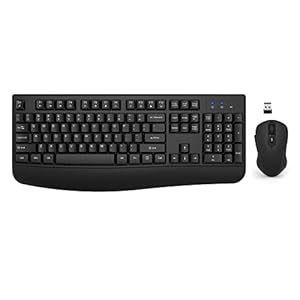
Wi-fi Keyboard and Mouse Combo, EDJO 2.4G Full-Sized Ergonomic Pc Keyboard with Wrist Relaxation and three Stage DPI Adjustable Wi-fi Mouse for Home windows, Mac OS Desktop/Laptop computer/PC

SAMSUNG 27″ Odyssey G32A FHD 1ms 165Hz Gaming Monitor with Eye Saver Mode, Free-Sync Premium, Height Adjustable Screen for Gamer Comfort, VESA Mount Capability (LS27AG320NNXZA)

ASUS VA24DQ 23.8â Monitor, 1080P Full HD, 75Hz, IPS, Adaptive-Sync/FreeSync, Eye Care, HDMI DisplayPort VGA, Frameless, VESA Wall Mountable ,BLACK

Logitech MK120 Wired Keyboard and Mouse Combo for Windows, Optical Wired Mouse, Full-Size, USB, Compatible with PC, Laptop – Black

ASUS 31.5” 4K HDR Eye Care Monitor (VP327Q) – UHD (3840 x 2160), 99% sRGB, HDR-10, Adaptive-Sync, Audio system, DisplayPort, HDMI, Flicker Free, Blue Gentle Filter, VESA Mountable,Black


